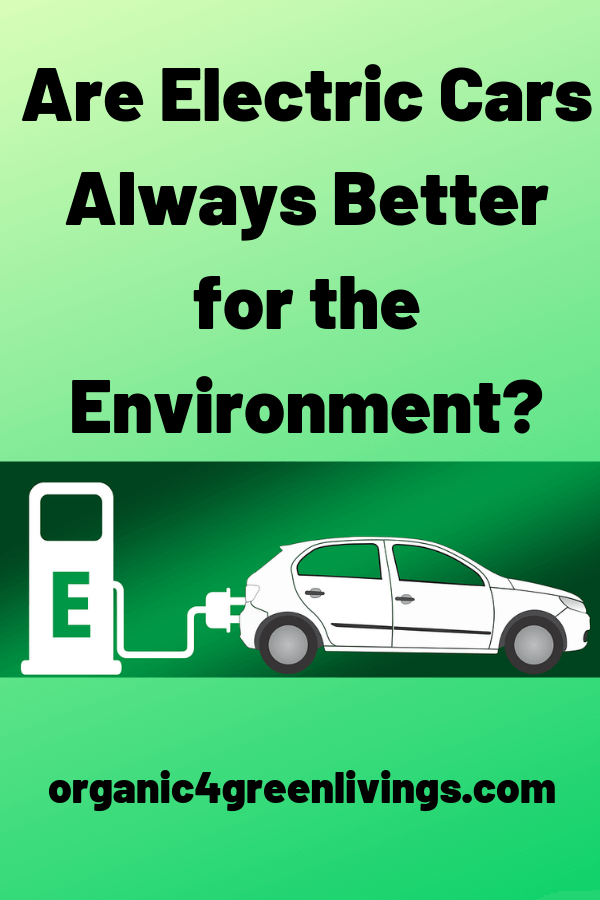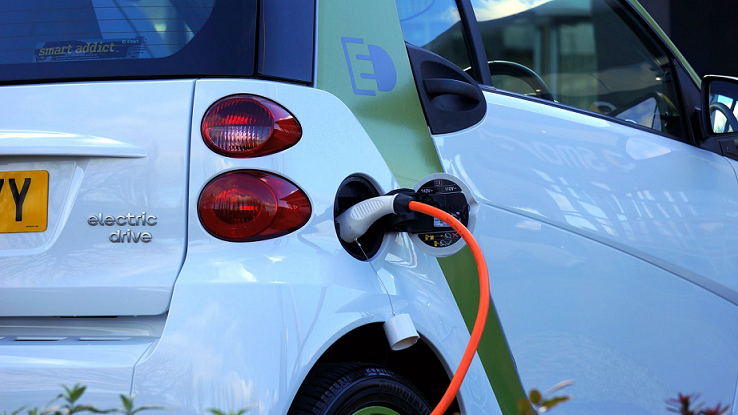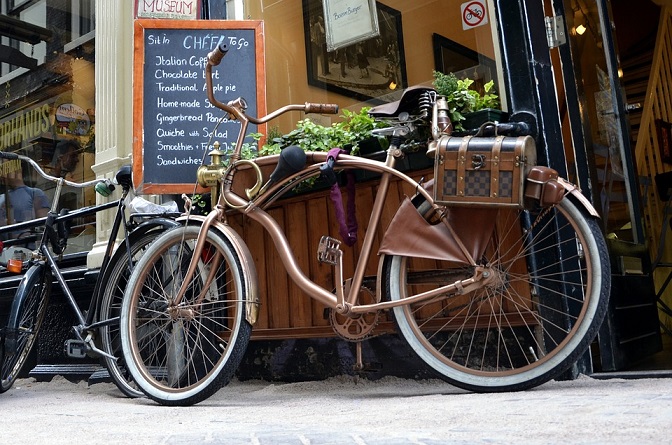Are Electric Cars Always Better for the Environment?
As the country as a whole moves toward wide-scale sustainability, electric vehicles (EVs) saw a major uptick in sales in 2018, reports Green Tech Media. The 361,307 electric vehicles sold during the 2018 calendar year represent an 81% increase over 2017 sales. Tesla was the primary source of the EV sales spike, with its Model 3, Model X, and Model S making up more than 50% of total sales.

But while an increase of EVs on America’s roads equates to a decreased consumption of fossil fuels nationwide, electric cars aren’t infallible when it comes to environmental impact. In fact, when you consider the environmental cost of manufacturing new cars and the source of electric power in particular areas, EVs may have a comparable environmental impact to traditional gas guzzlers.
Depending on your lifestyle and where you live, it may be more environmentally friendly to buy a used car with good gas mileage and walk or bike as much as possible. For others, electric cars may be the most eco-friendly choice. Let’s explore the options for eco-savvy commuters, from EVs and hybrids to used cars, public transportation, and beyond.
Alternative Energy Vehicles and the Environment
EVs and hybrids are the major players in the realm of alternative energy vehicles, but they are still cars. Therefore, they have at least a small environmental impact. Among EVs and hybrids, much of that impact occurs during the manufacturing process. In fact, car professionals report that hybrid and electric cars require more energy to manufacture than conventional cars, emitting more greenhouse gases and consuming more fossil fuels in the process.
There’s also the batteries to consider. The production of hybrid car batteries requires much more energy than standard car batteries, resulting in higher emissions during the manufacturing process. However, conventional car batteries often end up in landfills, and they emit toxic gases as they decompose. Electric and hybrid batteries can be recycled or reused, and often are. Alternative energy companies are experimenting with used car batteries for off-peak energy storage, and the batteries are also being tested for use as a backup power source at retail centers and hospitals.

Despite the large amounts of energy required during the manufacturing process, electric cars emit zero emissions during operation. But an EV’s electrical source must be taken into account when determining its impact on the environment. In states that produce energy via renewable sources, EV operation is much greener overall. According to the Natural Resources Defense Council (NRDC), about 16% of the nation’s energy came from renewable sources in 2017. Wind power is the largest renewable energy source in the U.S., and state leaders in wind energy production include Texas, Iowa, Oklahoma, and California.
Types of Green Commutes
One option among car owners that may be a greener choice is investing in a used car. With used vehicles, the environmental impact of manufacturing is negated, and buying a used car keeps those vehicles out of the waste stream. In the long run, used cars may be the greenest option in the realm of car ownership, as every purchase of a used car means that one less new car is manufactured.
As traditional cars emit about 24 pounds of carbon dioxide per gallon of fuel used, reports the Union of Concerned Scientists, the simplest answer in terms of environmental protection is to simply drive less. But that idea may be challenging for many commuters, especially those in rural areas or in cities with inadequate public transportation. Many of the top U.S. cities for green commutes are college towns or large metropolitan areas with plenty of bike lanes and high-frequency public transportation.

“Green commuters” are described as those individuals who travel to work via:
- public transportation
- walking
- biking
- carpool
Not surprisingly, three of the nation’s largest cities rank highly in terms of green commutes: Greater Washington D.C., New York City, and San Francisco. In NYC alone, 4.3 million people ride the subway every day, keeping countless cars off the road and fewer emissions in the air.
The Future of Transportation
Nationwide, there were 10.6 billion trips made via public transportation in 2015, according to Ohio University. And the growth trend among commuters using public transportation indicates that more and more Americans are going green as they travel to work. EVs, hybrids, and driverless cars are also part of the equation, and will be major players in the future of transportation. Studies indicate that driverless cars may reduce accident rates and cut emissions by up to 60%.
With the influx of alternative vehicles on the road comes more options for carpooling and ride share services. Millennials, in fact, prefer ride sharing and green commutes to car ownership. More than half of adults aged 22 to 37 say that driving a car is not worth the money spent on maintenance. They also find driving to be tedious and time-consuming, and would rather spend their commute time doing something other than driving.
There are numerous options if you’re looking to reduce your carbon footprint and invest in a greener commute. In many cities and urban areas, public transportation and ride sharing may be all you need to get around. If you live in an area where car ownership is a necessity, there are a variety of eco-friendly cars on the market, including EVs, hybrids, and used vehicles with good gas mileage. To identify the best environmental choice, consider the cost of manufacturing, source of electricity, and potential waste. Fortunately, today’s commuter has more options than ever for environmentally friendly travel.
What is your opinion on green alternative cars? Please share your opinions, suggestions, ideas and tips in the comment section below!
